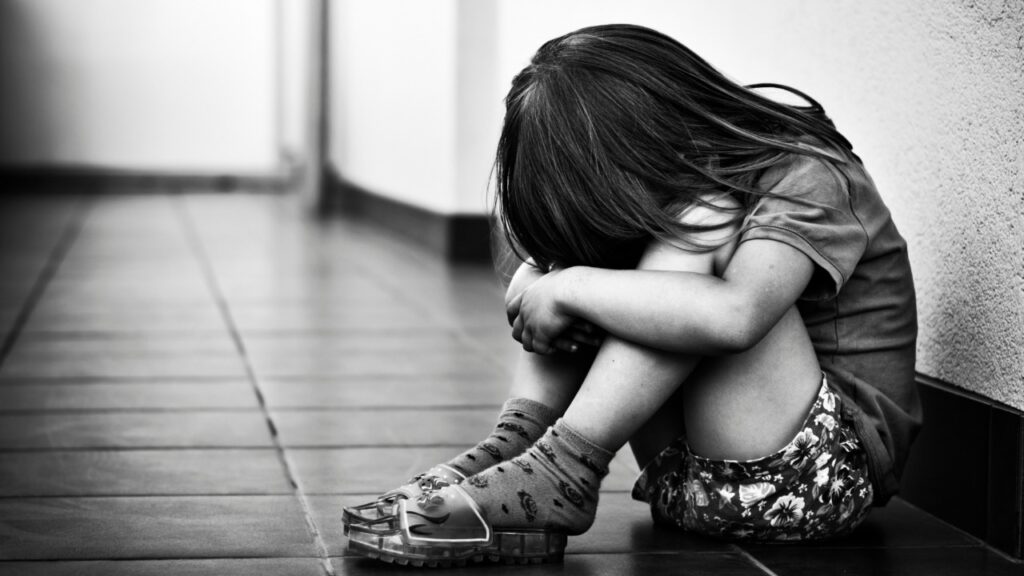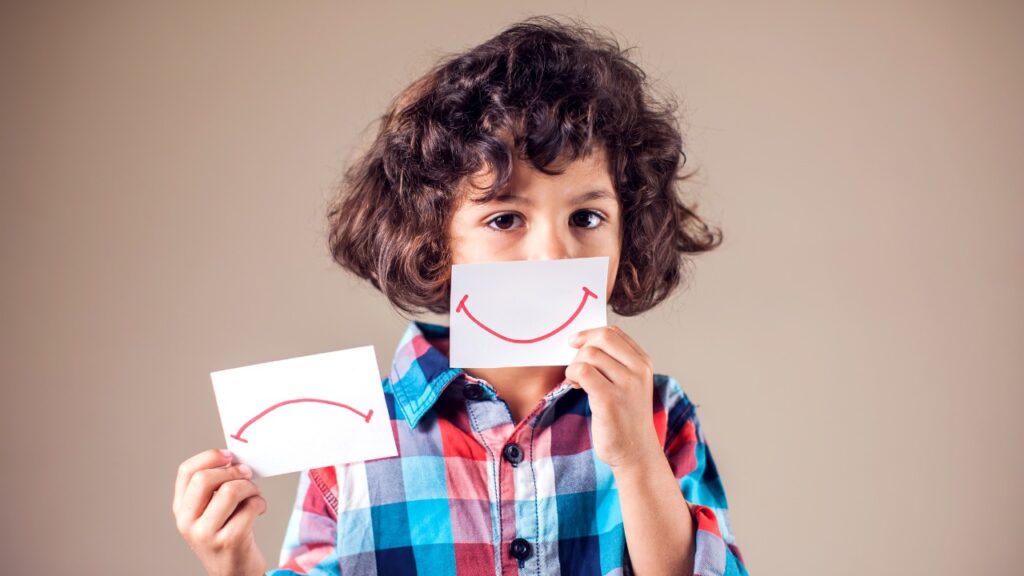
Behavioral and emotional disorder in children
Some children have extremely delicate and challenging behaviours that are outside the norm for their age.
These problems can affect from temporary stressors in the child’s life, or they might represent further enduring diseases. The most common disruptive behaviour disorders include oppositional defiant disorder( ODD), conduct disorder( CD) and attention deficit hyperactivity disorder( ADHD).
Boys are more likely than girls to suffer from behavioural disorders.
Treatment options include parent management training, cognitive behaviour remedy, medication and treatment for associated problems.
Causes of Behavioral Problems in children
Following are some of the causes behind behavioral problems in children
Genetics
Genes control the child’s behavior and temperament. therefore behavioral diseases and genes have interrelation with each other. Due to heritable factors, a child carries the same diseases from their ancestors.
Economic Causes
Economy or financial conditions are the current cause of behavioral problems. Lack of money and scarcity of the resources makes the child unfit to meet their demands. This results in anxiety, aggravation, negative feelings in the child.
Environmental Causes
The causes related to the girding in which the child is living and spending his time. Dirty, noisy and negative terrain leads to the behavioral problems in the children.
Social Causes
Family, school, musketeers, peer groups, neighbor, etc affects the child’s behavior appreciatively and negatively. Fights between the members of the family, controversies between the groups and musketeers are responsible for behavioral problems in children.
Physical Causes
Malnutrition, brain damage, and physical disability is the main physical cause of behavioral diseases in children. Prolong disorder and disability contributes the negative feelings, bad mood, high disposition, and other mood problems.
Types of Emotional and Behavioral diseases
The following diseases can occur in children over the age of five. While signs can be present before age five, a diagnosis is almost never made in really youngish children. Indeed in aged children, these diagnoses are made only with extreme caution, as there’s contestation around the notion of labeling children.
Children can be diagnosed with the following types of emotional and behavioral disorders:
- Anxiety disorders
- Bipolar disorder
- Psychotic disorders
- Obsessive-compulsive disorder
- Attention-deficit/hyperactivity disorder*
- Oppositional-defiant disorder
- Conduct disorder

Causes of Emotional Disorders
Parents are vital in the healthy development of their children. Some aspects of parenting or the home environment can contribute to emotional and behavioral disorders. These include:
- Significant, chronic stress in the home
- Lack of structure
- Authoritarian parenting style with rigid, excessive rules and punishments
- Permissive parenting with few if any expectations, limits, or establishment of acceptable behaviors
- Inconsistent expectations and discipline
- Disinterested, distant parents
- Abuse
- Violence and general dysfunction in the home
- More negative than positive interactions in the home
- Creating and maintaining a healthy, positive, loving environment is healthy for everyone in the home. Most communities have parenting programs to help parents and kids thrive.
Treatments-
CBT- Cognitive behavioural therapy – to help the child to control their thoughts and behaviour.
Cognitive behavioral therapy not only benefits children and adolescents but also focuses on educating teachers and parents to help children overcome internal health and behavioral problems.
CBT generally takes about six to 20 sessions. It’s different from other behavioral remedies because it considers how the child’s or adolescent’s feelings, thoughts, and behaviors affect each other. The therapist can address each one as needed.
Helping children become apprehensive of the ways in which thoughts can impact emotions and behavior is one of the most valuable lessons we can bequeath.
At a time when social, cognitive and emotional development is alacritous, reframing ineffective thinking and the beliefs that underlie that thinking is integral to navigating the emotional and particular challenges endured during childhood.
Cognitive- behavioral therapy( CBT) can help children to reframe how they identify, interpret and estimate their emotional and behavioral responses to negative experiences.
Some children have extremely delicate and grueling behaviours that are outside the norm for their age.
These problems can affect from temporary stressors in the child’s life, or they might represent further enduring diseases. The most common disruptive behaviour diseases include oppositional defiant disorder( ODD), conduct disorder( CD) and attention deficit hyperactivity disorder( ADHD).
Boys are more likely than girls to suffer from behavioural diseases.
Contact us now to get answers to any questions and explore your queries
Book your seats now!
Contact us at 9859282828, 9854282828, 7687949494, 9599375436
Tags:
Post Categories
- All Post (12)
- Services (20)
- Astrology (15)
- Past Life Regression (20)
- Money Reiki (15)
- Mid Brain Activation (08)
